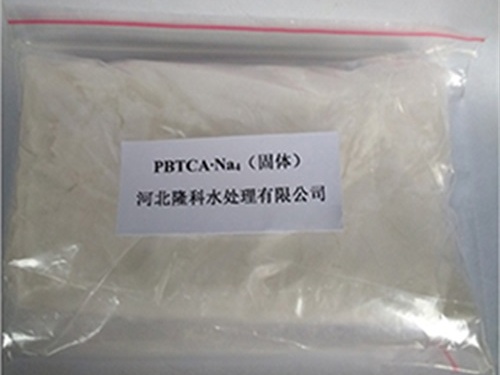isothiazolinone uses
Isothiazolinones are a class of synthetic compounds that have garnered attention in various industries due to their effective antimicrobial properties. Primarily utilized as preservatives and biocides, these compounds serve critical roles in a wide range of applications, particularly in cosmetics, personal care products, household cleaning agents, and industrial formulations.
One of the primary uses of isothiazolinones is in the cosmetic and personal care industry. They are commonly added to lotions, shampoos, conditioners, and other topical products to prevent microbial growth, which can spoil formulations and reduce their efficacy. By inhibiting the growth of bacteria, fungi, and yeasts, isothiazolinones extend the shelf life of these products, ensuring that consumers receive safe and effective items. The effectiveness of isothiazolinones in these formulations is largely due to their ability to disrupt cellular processes in microorganisms, leading to cell death.
.
Moreover, isothiazolinones are prevalent in industrial applications. They are used in paints, adhesives, and coatings to prevent microbial contamination during storage and application. In these contexts, microbial growth can significantly impact the performance and longevity of products. By integrating isothiazolinones into industrial formulations, companies safeguard their products against decay caused by bacterial or fungal activity.
isothiazolinone uses

However, while isothiazolinones are effective antimicrobial agents, their use has prompted discussions regarding safety and potential health risks. Over recent years, there have been increasing reports of skin sensitization and allergic reactions associated with certain isothiazolinones, particularly in leave-on products. As a result, regulatory bodies in various countries have begun to scrutinize the concentrations allowed in consumer products and have suggested the need for proper labeling to inform consumers adequately.
As public awareness of these potential risks grows, the cosmetic and personal care industries are evolving. Some brands are now opting for alternative preservatives or making efforts to reduce the concentration of isothiazolinones in their formulations. These changes reflect a broader trend toward more transparency and safety in product formulation, encouraging manufacturers to seek out gentler, more sustainable alternatives while still meeting the demands of consumers for effective preservation and safety.
In conclusion, isothiazolinones play a crucial role in a myriad of applications across various industries, primarily due to their potent antimicrobial properties. They help maintain the integrity and efficacy of cosmetic products, sanitizers, and industrial formulations. However, the conversations surrounding their safety highlight the importance of continuous research and development of safer alternatives in the quest for optimal preservation while minimizing health risks. As the landscape of consumer awareness evolves, manufacturers will need to balance efficacy with safety to promote products that not only perform well but also ensure the well-being of their users.
-
Pbtc Scale InhibitorPBTC: A Scale Protector for Industrial Water TreatmentNewsAug.05,2025
-
Organic Phosphonate: An Efficient Defender in the Field of Scale InhibitionNewsAug.05,2025
-
Hydrolyzed Polymaleic Anhydride: Green Pioneer in Scale Inhibition FieldNewsAug.05,2025
-
PAPEMP Polyamino Polyether Methylene Phosphonic Acid For SaleNewsAug.05,2025
-
Flocculant Water Treatment: A Pioneer in Purification in the Field of Water TreatmentNewsAug.05,2025
-
Benzyl Isothiazolinone: An Efficient and Broad-Spectrum Antibacterial Protective GuardNewsAug.05,2025





